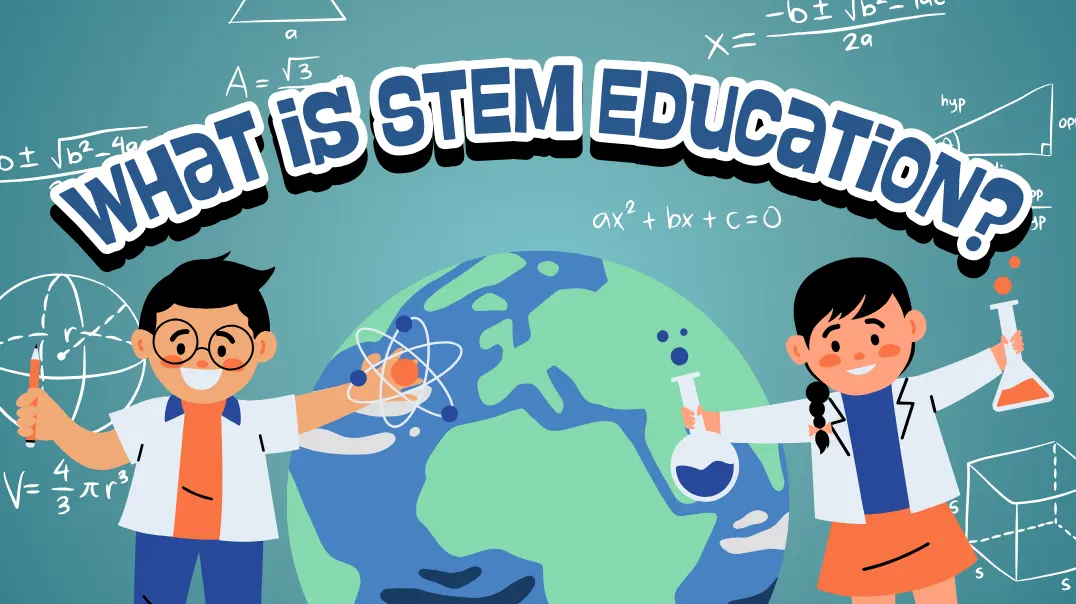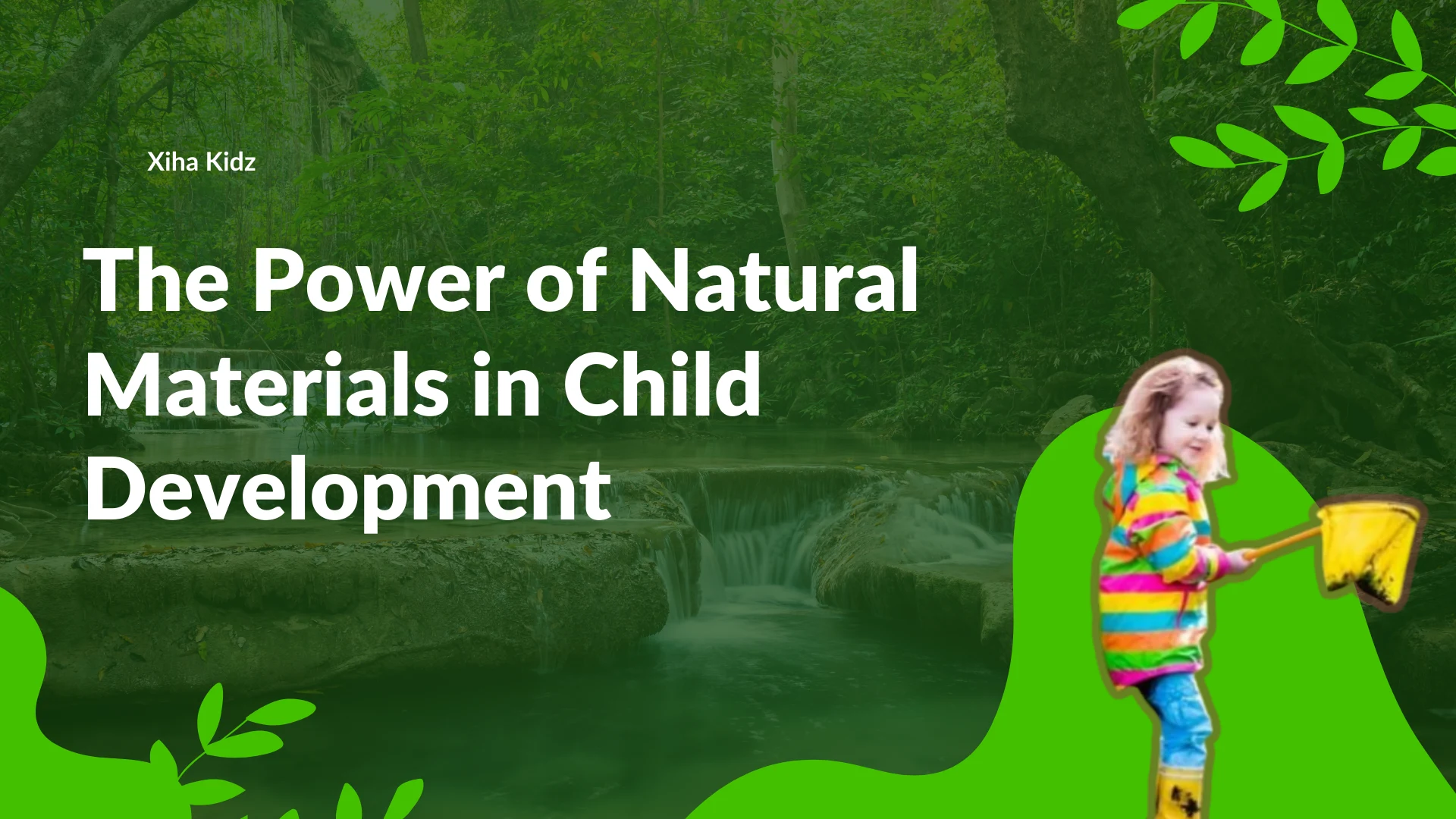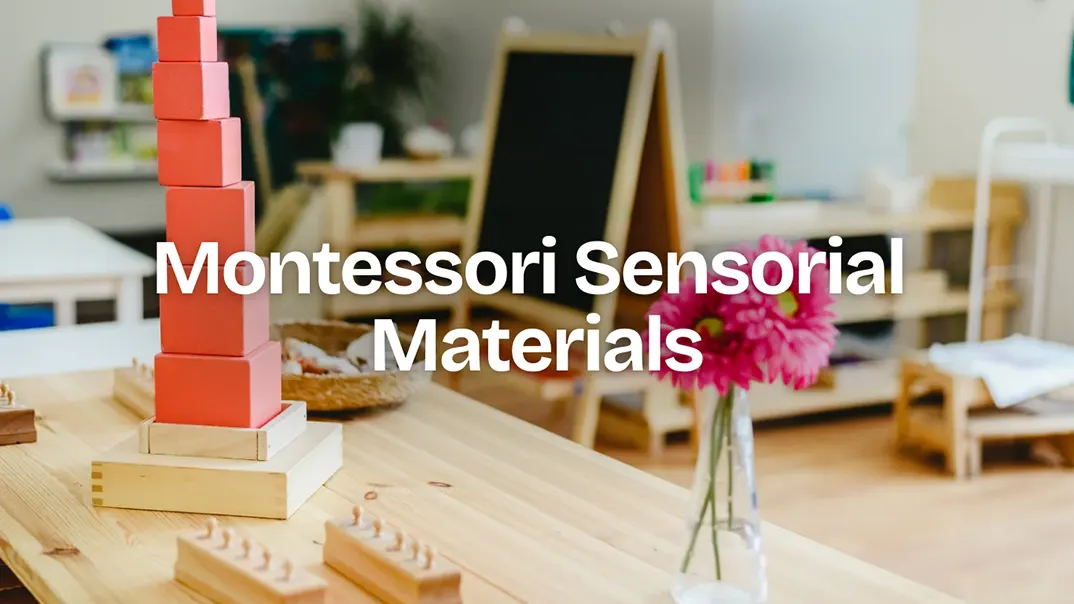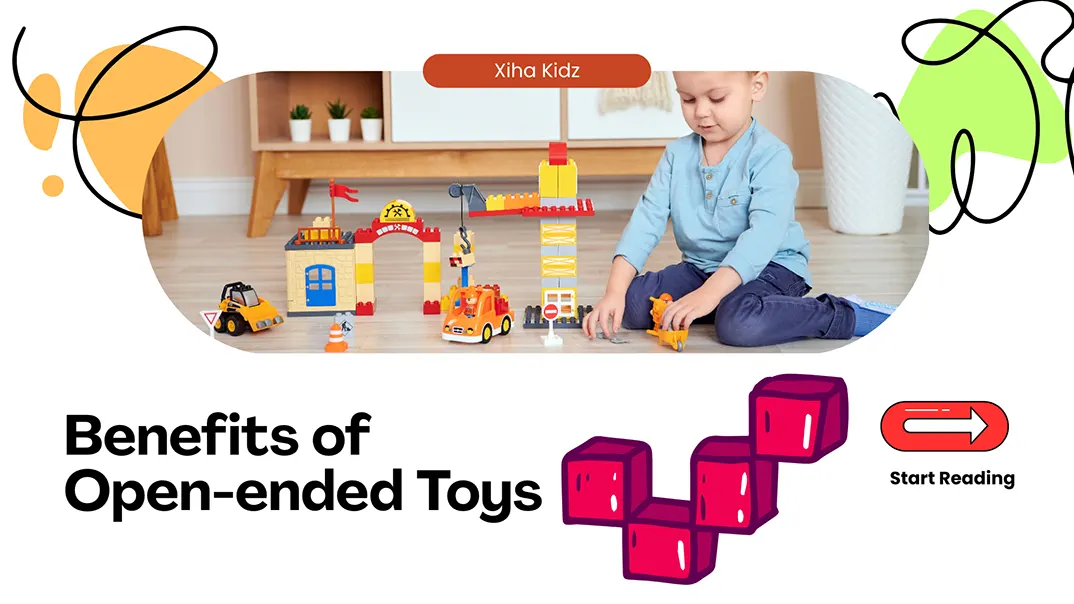Why is there so much attention on how schools prepare students for the future? As society becomes increasingly shaped by digital tools and scientific progress, STEM Education has emerged as a key focus because it equips students with the mindset and skills needed to solve complex problems in a rapidly changing world.
Traditional classrooms often emphasize memorization, but today’s workforce demands creativity, critical thinking, and adaptability. Around the globe, educators are embracing STEM Education as a framework to prepare students not only for academic success but also for real-world challenges that require innovation and collaboration.
At its core, STEM education is an integrated approach to learning. It connects disciplines in a way that reflects their real-life interactions, ensuring learners both acquire knowledge and apply it effectively.
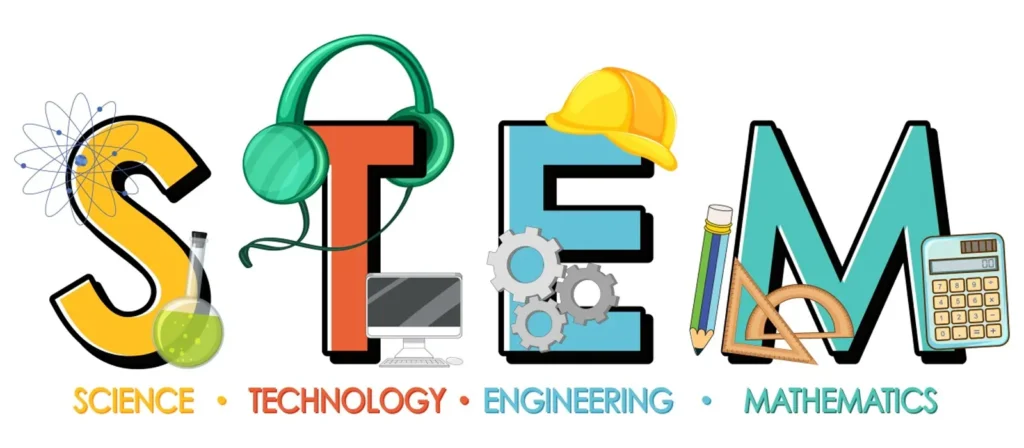
STEM Education Definition
STEM Education refers to an integrated approach to learning that combines Science, Technology, Engineering, and Mathematics. The goal is to prepare students for real‑world challenges by encouraging analytical thinking, creativity, problem‑solving skills, and collaborative work. Rather than treating each of these disciplines in isolation, STEM Education weaves them together so students see how the subjects interconnect and how the knowledge of one area can support understanding in another.
STEM isn’t limited to a specific textbook or a single type of project. It’s an educational philosophy that integrates abstract academic concepts with real-world applications. In a typical STEM classroom, students engage in hands-on projects, experiments, programming, engineering design tasks, and data analysis. They learn through practice, experimentation, iteration, and reflection. Effective STEM programs require students to be able to apply their knowledge to new and unfamiliar situations.
カスタム家具ソリューションで教室を変身させましょう
STEM Core Components
To understand STEM Education fully, it helps to break down its core components, and how they interact. We have already mentioned what each letter stands for, but here we explore the roles, overlaps, and how they combine to form a cohesive learning experience.
Science
Science brings inquiry, experimentation, theory-building. It is about understanding natural phenomena: physics, chemistry, biology, earth sciences. In STEM Education, science teaches students to observe, ask questions, form hypotheses, conduct experiments, collect data, analyze outcomes, and draw conclusions.
Technology
Technology is how tools, software, hardware, processes are employed to solve problems or to extend human capability. In STEM Education, this includes computing, coding, robotics, digital tools, sensors, simulation software.
Engineering
Engineering is often the “design and build” component: designing solutions to problems, creating structures, making systems, optimizing performance. It ties together science and mathematics with technology: students use scientific principles and math modeling to engineer functioning artifacts, systems, or methods.
Mathematics
Mathematics underpins measurement, modeling, pattern recognition, quantitative reasoning, logic. In STEM Education, math is both a discipline and a tool.
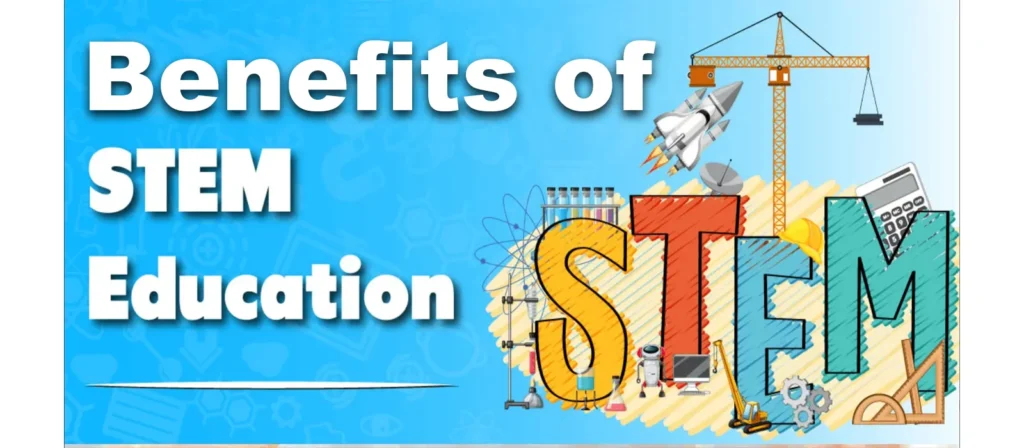
Benefits of STEM Education
The impact of STEM education extends far beyond traditional academic metrics. It lays the foundation for how children and teens think, interact, and approach challenges throughout their lives. Here’s a breakdown of key benefits, including the deeper developmental impacts on learners.
1. Fostering Curiosity
STEM encourages students to explore the “how” and “why” behind everyday phenomena. Instead of providing direct answers, STEM activities invite students to ask questions, test ideas, and seek solutions. This process of discovery strengthens their natural curiosity and turns it into a learning driver.
2. Cognitive Growth
Through hands-on challenges, STEM helps develop logical thinking, spatial awareness, and executive functions. When students experiment with materials, solve real problems, or code basic programs, they build neural connections that support long-term cognitive development.
3. Building Collaborations
STEM projects often require teamwork. Students learn to share ideas, divide roles, and work toward a common goal. Whether designing a simple machine or analyzing data, collaboration becomes a core part of the process.
4. Improved Problem-Solving Skills
STEM is built on trial, error, and iteration. Students learn to approach problems methodically, identifying challenges, testing solutions, and adjusting based on outcomes. This fosters resilience and strategic thinking that applies across subjects and real-life situations.
5. Academic Achievement
By integrating abstract concepts into real-life contexts, STEM helps students understand rather than memorize. They apply math to measure, science to observe, and engineering to create—resulting in deeper comprehension and stronger academic performance.
6. Future-Ready Skills
STEM prepares students for modern careers by developing critical thinking, digital literacy, creativity, and adaptability. These are the core competencies needed in a fast-changing global economy—and they start taking shape in early STEM classrooms.

How to Encourage Students to Learn STEM?
Encouraging students to engage with, persist in, and excel at STEM requires intentional strategies from educators, parents, policy makers, and communities. Below are effective approaches.
Making Learning Relevant and Contextual
Students are more likely to engage when they see the relevance of STEM to their lives: local issues, personal interests, community challenges. Teachers can:
- Use project topics connected to local environment, health, infrastructure, or culture.
- Introduce problems that students care about, not abstract exercises.
- Use real data from their city or region.
When young people see that STEM is not just about distant labs or far‑away scientists but about their own communities and future, they become more motivated.
Hands‑On, Project‑Based Learning
Projects that require students to build, experiment, prototype or simulate help make STEM tangible. When students get to physically engage, test ideas, make mistakes, iterate, their learning deepens. Projects also allow students to see how the different STEM components interact in real work.
Providing Role Models, Mentors, and Community Support
Visibility matters: when students see people like them succeeding in STEM, it makes pursuing STEM more imaginable. Actions include:
- Inviting female, minority, or local STEM professionals to speak.
- Pairing students with mentors in college or industry.
- Showcasing alumni or local scientists/engineers.
Ensuring Access to High‑Quality Resources and Tools
Students need more than enthusiasm; they need access: to quality teachers trained in STEM, to laboratories, classroom equipment, technology, safe spaces to experiment, funding for materials. Schools and districts must prioritize resourcing especially for underserved schools.
当社の全製品ラインナップをご覧ください
幼稚園や学校向けの最高品質の家具や遊具を取り揃えた当社の総合カタログをご覧ください。
Building a Supportive Environment: Family, School, and Community
Engagement is not only the job of teachers. Parents and caregivers can support STEM learning by:
- Encouraging curiosity at home: discussing science, doing small experiments, exploring nature.
- Supporting access to extracurriculars: clubs, camps, meetups.
- Providing encouragement and affirming STEM identities.
Community agencies, businesses, museums, and libraries can also partner with schools to provide resources, informal learning, exposure.
Teacher Training and Professional Development
Well‑prepared teachers are among the most powerful factors in encouraging STEM learning. Teachers need training not just in content but in pedagogy: how to design interdisciplinary STEAM lessons, how to facilitate project‑based learning, how to integrate art and creative processes, how to use technology and tools, how to assess performance in creative, collaborative tasks.
Cultivating Growth Mindset
Encouraging beliefs that ability in STEM is not fixed but can grow with effort, practice, and support. Teachers and parents should emphasize that learning comes with struggle, that problem solving is incremental. Praise process, effort, perseverance rather than just results.
Extracurricular and Community Programs
Outside classroom learning helps reinforce interest: science fairs, robotics clubs, coding camps, maker‑spaces, hackathons. Community programs, partnerships with industry or universities, summer internships give students hands‑on experience and exposure.
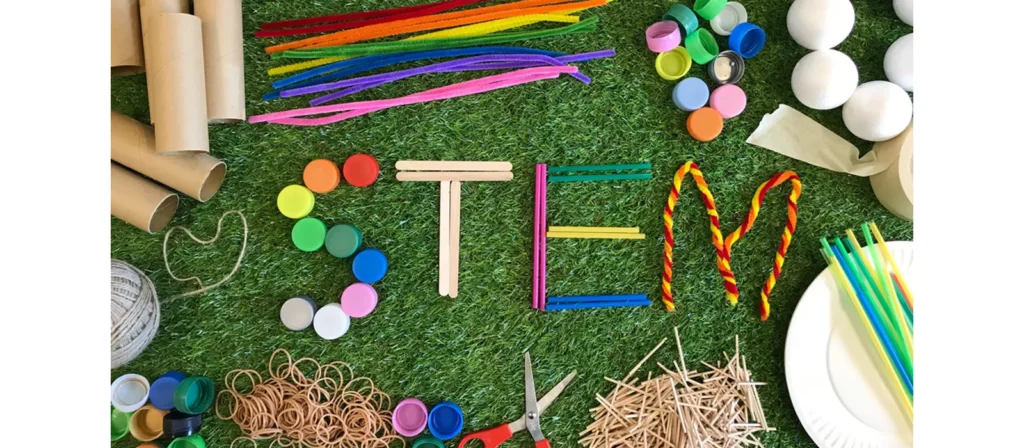
STEM Activity Ideas
Here are simple, effective STEM activities that can be used across various age groups:
- Sink or Float experiments
- Paper airplane design challenge
- Bridge building with popsicle sticks
- Nature object sorting and classification
- Coding simple animations or games
- Solar oven construction
- 3D modeling for real-world problems
- Weather observation and charting
- Marble run engineering
- DIY water filtration system
- Designing and testing parachutes
- Lego or block-based tower challenges
- Sound wave experiments using instruments
- Egg drop protection challenge
- Create-your-own board games with math rules
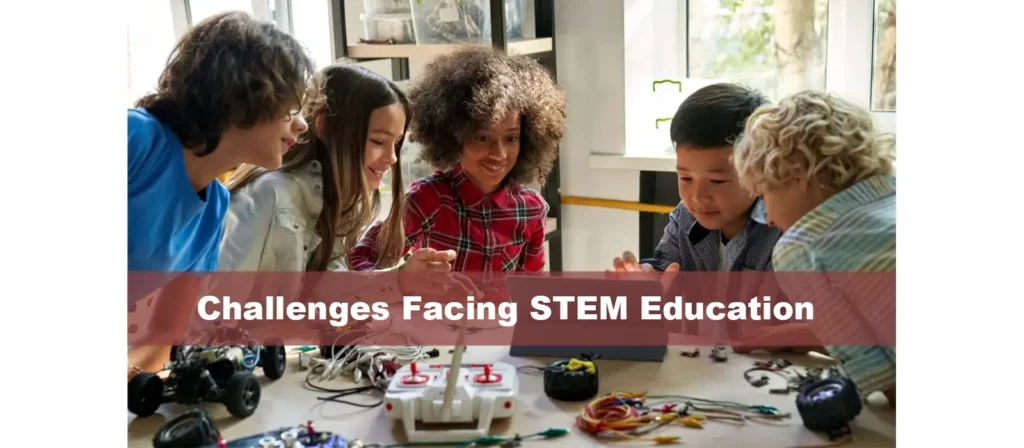
Challenges Facing STEM Education
- Shortage of Qualified Teachers
Many educators lack training in integrated STEM subjects, particularly in rural or under-resourced schools. - Limited Access to Technology and Resources
A significant digital and infrastructure gap hinders implementation, especially in developing regions. - Rigid and Outdated Curricula
Traditional subject divisions and standardized testing often prevent interdisciplinary, hands-on learning. - Gender and Diversity Gaps
Underrepresentation of girls and minority groups continues to affect participation and performance in STEM fields. - Inadequate Assessment Models
Standard exams fail to measure skills like creativity, problem-solving, and collaboration that are central to STEM. - Insufficient Funding and Policy Support
Lack of sustained investment in teacher training, resources, and program scalability limits impact. - Resistance to Pedagogical Change
Teachers, administrators, and parents may be reluctant to adopt non-traditional, project-based learning approaches.

STEM Education Around the World
STEM education is a global priority, but its implementation varies widely depending on infrastructure, policy, and cultural attitudes. Here’s a look at how different regions are approaching STEM education and what we can learn from them.
United States
The U.S. has made significant investments in STEM through federal grants, state-level initiatives, and private-sector partnerships. Many school districts are integrating STEM into every grade, with strong emphasis on robotics, coding, and maker spaces. However, disparities remain, especially in rural and low-income communities.
Canada
Canada’s approach emphasizes equity and inclusion. Programs are often community-based, with efforts to engage Indigenous students and promote bilingual STEM content. Teacher training is also a focus, with a strong push to equip educators to deliver cross-disciplinary content.
European Union
EU countries have adopted varied but cohesive strategies through frameworks like Horizon Europe. Nations like Finland and the Netherlands are known for integrating STEM through play-based, exploratory models—especially in early education.
In Germany and France, technical and vocational training is well developed, and students often have access to STEM pathways as part of national education systems from an early age.
Australia
Australia places strong emphasis on digital technologies and sustainability within its STEM programs. National curricula now include design thinking, data literacy, and cross-curricular STEM from primary levels onward. Partnerships with tech companies help bridge education and industry.
China
China is rapidly scaling its STEM capacity through government-led innovation strategies. The country’s education policies promote science and engineering excellence, with a heavy focus on coding, robotics, and AI. Investments in infrastructure and teacher development are helping China emerge as a leader in global STEM readiness.
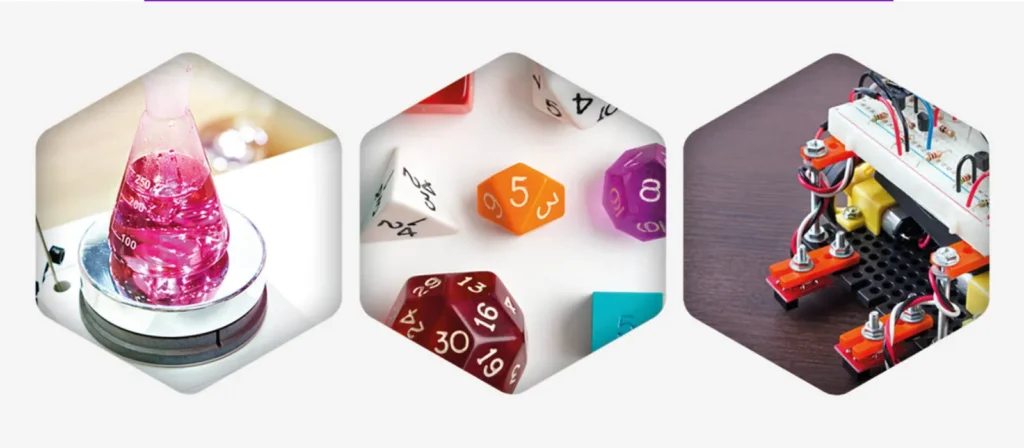
How We Support STEM Education?
で XIHA Kidz, we’re more than furniture makers—we’re partners in building the future of early education.
We understand what educators need:
- Age-appropriate furniture that supports exploration
- STEM play zones and modular learning corners
- Durable, eco-friendly materials
- Safe designs that meet international certifications
- Competitive pricing for wholesale buyers
- Customizable classroom setups for STEM learning
Our products are designed with STEM learning in mind, helping your preschool stand out while delivering better outcomes.
カスタム家具ソリューションで教室を変身させましょう
よくある質問
- What does STEM stand for?
STEM stands for Science, Technology, Engineering, and Mathematics, representing an integrated approach to education. - At what age should STEM learning begin?
As early as preschool, using sensory play, exploratory learning, and age-appropriate challenges. - Are there scholarships for STEM students?
Yes. Many organizations offer STEM-specific scholarships, especially for women, minorities, and underserved communities. - How is STEM different from traditional education?
STEM emphasizes hands-on, project-based learning and real-world problem-solving, unlike traditional rote memorization methods. - At what age should children be introduced to STEM?
STEM concepts can be introduced as early as preschool through simple activities involving patterns, measurements, and basic experiments.
結論
STEM Education is not just a trend—it’s a transformative movement shaping the future of learning and work. From preschoolers discovering how magnets work to adults reskilling in data science, STEM offers opportunity, equity, and innovation. As the world continues to evolve, one thing is clear: investing in STEM Education is investing in a better tomorrow.

